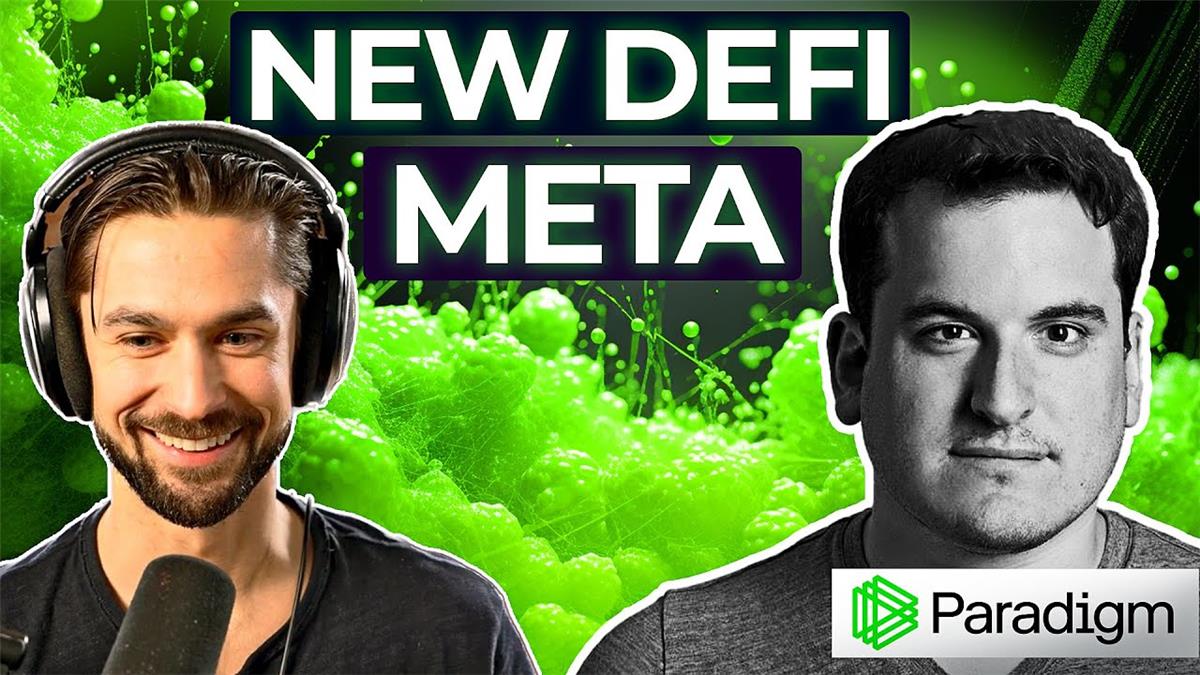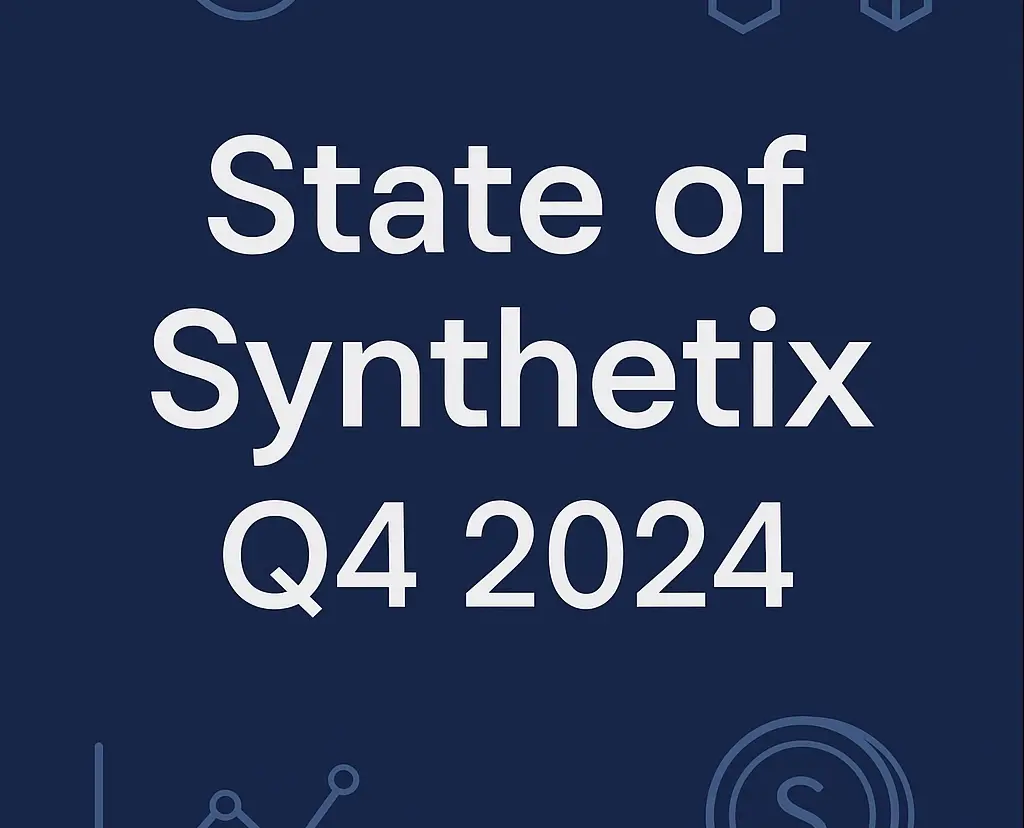Dialogue Paradigm Research Director: How will DeFi 2.0 change everything?
Original Title: "DeFi 2.0: How This Changes Everything with Paradigm's Head of Research, Dan Robinson"
Compiled by: TechFlow
Dan Robinson is the GP and Head of Research at Paradigm. Over the years, he has deeply contemplated the DeFi market, auctions, and liquidity, with a particular focus on Uniswap and Uniswap V3. Recently, Uniswap Labs launched UniswapX, a new Dutch auction mechanism, which Dan believes changes the paradigms in DeFi, MEV, cross-chain interoperability, and more.
5-minute podcast notes to save you 80 minutes.
Here are the main points from the conversation, transcribed and organized by TechFlow:

Host: David, Bankless
Speaker: Dan Robinson, GP and Head of Research at Paradigm
Video Attribution: Bankless Podcast
Episode: Link
Release Date: August 3
The Importance of Decentralized Trading Research
- Dan mentioned a recent tweet he posted on Twitter about Uniswap X, which outlines five reasons he believes Uniswap X changes decentralized trading, MEV, and interoperability in a research format.
(TechFlow Note: The tweet includes a white paper; interested readers can click link to view it.)
Dan emphasized the importance of decentralized trading research, particularly how to reduce the value leakage from the system. He mentioned three main types of MEV: EIP-559 burning, hedging and rebalancing losses, and price changes before and after trades.
Uniswap V4 primarily focuses on reducing the losses liquidity providers suffer from arbitrage, while Uniswap X focuses on protecting traders, ensuring they receive the best execution price.
Dan stressed that the core of decentralized exchange (DEX) research should be the two main participants: traders (Swappers) and liquidity providers (Liquidity Providers). He believes research should focus on maximizing the value between these two while minimizing the value extracted by other participants, such as MEV, arbitrageurs, and the Ethereum protocol itself.
The "Intent" Model & Dutch Auction Mechanism
The core idea of Uniswap X is to shift from specific trading paths to users' trading intents. In traditional trading methods, users select a specific trading path and then submit the trade. Compared to traditional methods, Uniswap X offers greater flexibility and better price execution.
Dan further discussed the advantages of the "intent" model. In this model, users no longer submit specific trading paths but rather submit their trading intents. In Uniswap X, users only need to sign an offline message indicating their trading intent, which is then processed by the entire MEV structure, packaged into a trade, and included on-chain. The advantage of this approach is that it provides greater flexibility, allowing users to achieve the best trading prices rather than being confined to a specific trading path.
The Dutch auction mechanism is a key component of Uniswap X. In a Dutch auction, the price starts at a high point and gradually decreases over time. The advantage of this mechanism is that when the price drops to a point where a buyer finds it profitable, they can purchase immediately without waiting for the auction to end, ensuring users can trade at what they consider the best price.
Dan mentioned that he frequently uses Dutch auctions among various mechanisms because it is an excellent decentralized price discovery tool.
Dan also noted that Uniswap X opens a new frontier for exploration. This new design space requires further infrastructure and tools to achieve maximum efficiency. He mentioned several potential innovations, such as batch auctions, circular trading, and encrypted orders.
Dan continued to discuss the advantages of the "intent" model. This model provides higher flexibility and expressiveness, allowing users to define the range of trades they want rather than specific trading paths. Since this model is off-chain, the computational cost is zero. This means that a large number of order matches can occur without the computational limitations of the blockchain.
Dan described MEV (Miner Extractable Value) as a natural force. Although MEV can lead to certain unfair trading behaviors, if understood and utilized correctly, protocol designers can leverage MEV to improve and optimize the trading process.
He likened MEV to a group of robots that automatically and intelligently seek out trading opportunities that can yield additional benefits for miners. Dan mentioned several potential innovations, such as using sealed batch auctions and cryptographic techniques for trading.
(TechFlow Note: "Sealed batch auctions" mean that within a specific time window, all participants submit their buy and sell orders, but these orders are confidential. Only at the end of the auction are all orders revealed and matched and settled according to certain rules. The advantage is that it can prevent certain market manipulation strategies, such as front-running, since participants do not know others' orders when submitting theirs. Additionally, by processing all orders within a time window, it can also improve market liquidity and efficiency.)
The Importance of Cross-Chain Technology in Uniswap X
Dan discussed the importance of cross-chain technology in Uniswap X. He believes cross-chain trading will be revolutionary. He mentioned that Uniswap X plans to launch cross-chain exchange features later this year.
He further explained how cross-chain technology works, particularly how to use cross-chain bridges to move assets from one chain to another without needing intermediary representative assets. (Representative assets: Typically refers to creating a token on the target chain that represents the original asset on the source chain.)
Dan pointed out that certain cross-chain technologies might create a representative asset, which could pose a security risk. For example, if you move Ethereum from the main chain to Optimism via cross-chain, you might receive a representative Ethereum rather than the actual Optimism Ethereum.
He believes it is best to use official cross-chain technologies created for specific chains, as these technologies will create real, official assets rather than representative ones.
Dan predicts that future cross-chain technologies will be more efficient and secure. He believes cross-chain technology will become an important part of the cryptocurrency ecosystem, as they allow assets to flow freely between different chains.
Innovations in Uniswap V4 and Suave's Decentralized Off-Chain Solutions
Dan shifted to discussing Uniswap V4, emphasizing how it benefits liquidity providers. He mentioned the background of Uniswap V3, particularly how it improved capital efficiency. He explained that Uniswap V3 allows liquidity providers to choose the price range in which they want to provide liquidity, thereby enhancing capital efficiency. Uniswap V4 further expands this innovation, allowing for more customization and strategies.
Dan mentioned some potential innovations in Uniswap V4, such as setting initial prices, changing fees, or restricting trades for specific users.
Dan discussed the profit and loss issues for liquidity providers (LPs) in Uniswap V3. He noted that although Uniswap V3 offers higher capital efficiency for LPs, to his knowledge, most liquidity providers have incurred losses in that pool. He mentioned several possible reasons, including over-provisioning of liquidity, liquidity providers attempting to earn higher returns, and liquidity providers possibly misunderstanding their actual profit and loss situation.
Dan mentioned some potential solutions, such as adjusting fees, using new features in Uniswap V4 to enhance liquidity providers' profitability, and developing new product features to attract liquidity providers.
The host mentioned the application layer of Uniswap, particularly Infinity Pools, which is a new application using Uniswap LP tokens as assets. Dan believes this application could increase demand for Uniswap LP tokens, thereby creating higher returns for liquidity providers.
Dan introduced Suave, a platform aimed at decentralizing all off-chain infrastructure for decentralized operations that currently require some form of trust.
Dan emphasized the importance of Suave, comparing it to the significant leap from Bitcoin to Ethereum. Suave provides similar capabilities for off-chain operations, allowing complex operations to be executed off-chain while maintaining decentralized characteristics.
The emergence of Suave offers powerful tools for application developers, allowing them to execute code off-chain in an efficient and private manner while relying on decentralized guarantees.









